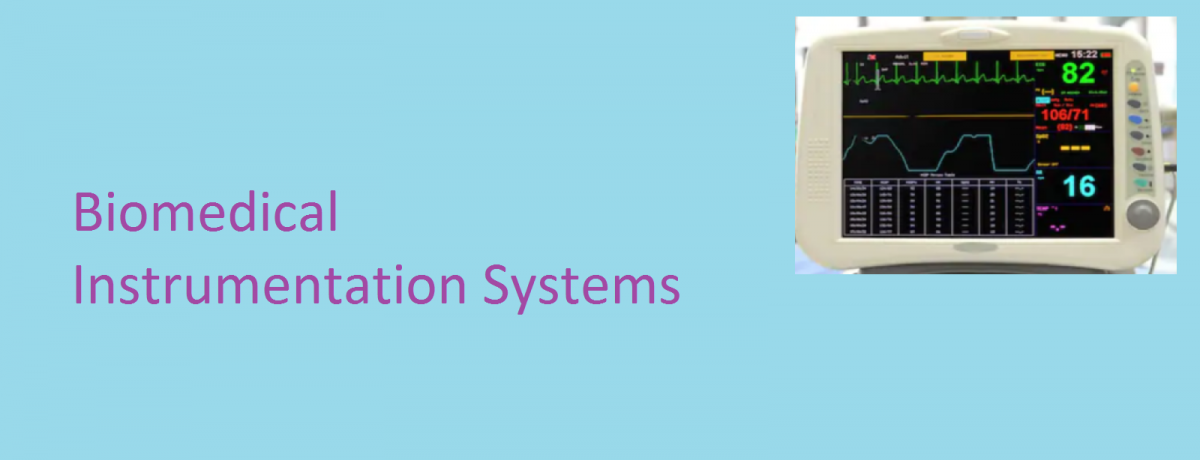Ventricular fibrillation is a serious cardiac emergency resulting from asynchronous contraction of the heart muscles. This uncoordinated movement of the ventricle walls of the heart may result from coronary occlusion, from electric shock or from abnormalities of body chemistry. Due to these irregular contractions of the muscle fibres, the ventricles simply quiver rather than pumping the blood effectively. This results in a steep fall of cardiac output and can prove fatal if adequate steps are not taken promptly.
In fibrillation, the main problem is that the heart muscle fibres are continuously stimulated by adjacent cells so that there is no synchronised succession of events that follow the heart action. Consequently, control over the normal sequence of cell action cannot be captured by ordinary stimuli.
Ventricular fibrillation can be converted into a more efficient rhythm by applying a high energy shock to the heart. This sudden surge across the heart causes all muscle fibres to contract simultaneously. Possibly, the fibres may then respond to normal physiological pace making pulses. The instrument used to administer the shock is called a defibrillator. The shock can be delivered to the heart by means of electrodes placed on the chest of the patient (external defibrillation) or the electrodes may be held directly against the heart when the chest is open ( internal defibrillation). Higher voltages are required for external defibrillation than for internal defibrillation.

DC Defibrillator
Generally in Defibrillator, energy storage is charged at a relatively slow rate (in order of seconds) from the AC line, by means of a step-up transformer and rectifier arrangement or from a battery and a DC to DC converter arrangement. During transthoracic defibrillation, the energy stored in the capacitor is then delivered at a relatively rapid rate (in the order of milliseconds) to the chest of the patient. For effective defibrillation, it is advantageous to adopt some shaping of the discharge current pulse. The simplest arrangement involves the discharge of capacitor energy through the patient’s own resistance (R). This yields an exponential discharge typical of an RC circuit. If the discharge is truncated, so that the ratio of the duration of the shock to the time constant of decay of the exponential waveform is small, the pulse of current delivered to the chest has a rectangular shape. For some larger ratio, the pulse of current appears nearly trapezoidal. Rectangular and trapezoidal waveforms have also been found to be effective in the trans-thoracic defibrillation and such waveforms have been employed in defibrillators designed for clinical use.
The basic circuit diagram of a DC defibrillator is shown below:

A variable auto-transformer T1 forms the primary of high voltage transformer T2. The output voltage of the transformer is rectified by a diode rectifier and is connected to a vacuum type high voltage change-over switch. In position A, the switch is connected to one end of an oil-filled 16 micro-farad capacitor. In this position, the capacitor charges to a voltage set by the positioning of the auto transformer. When the shock is to be delivered to the patient, a foot switch or a pushbutton mounted on the handle of the electrode is operated. The high voltage switch changes over to position B. and the capacitor is discharge across the heart through the electrodes.
You can also read about: Cardiac Pacemakers
In a typical defibrillator, an enormous voltage (approx. 4000 V) is initially applied to the patient. It has been shown by various investigations, that although short-duration pulses (as low as 20 μs) can affect defibrillation, the high current required impairs the contractility of the ventricles; this overcome by inserting a current limiting inductor in series with patient circuit. The disadvantage of using an inductor is that any practical inductor will have its own resistance and dissipates part of the energy during the discharge process. The inductor also slows down the discharge from the capacitor by the induced counter voltage. This gives the output pulse a physiologically favourable shape. The shape of waveform that appears across the electrode will depend upon the value of the capacitor and inductor used in the circuit.
You can also read: The Introduction to Biomedical Instrumentation


6 thoughts on “Cardiac Defibrillators”